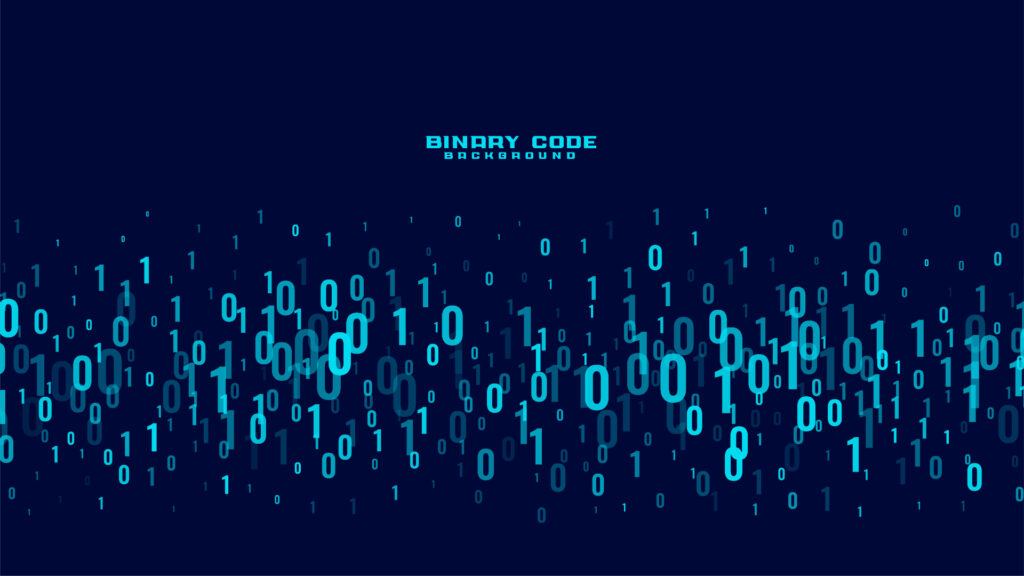MCQ on Number Systems – Computer GK
Useful and informative MCQ on Number Systems – Computer GK that includes topics like Non-Positional Number Systems and Positional Number Systems – Binary Number, Octal Number, Hexadecimal Number, etc. and Conversion of One Number System to Another Number System.
These MCQ on Number Systems – Computer GK are very helpful for competitive exams such as CPCT, GATE, IES/ESE, IBPS PO, IBPS Clerk, SBI PO, SBI Clerk, RBI, SEBI, LIC, NICL, BCA, B.Sc. IT, DCA, SSC, RRB, NIELIT CCC, CTET, UDC NET, CUET, MCA, PGDCA, MCS, TET, State Police, BPO, etc.
These MCQ on Number Systems – Computer GK have correct answers and brief explanations of each question for better understanding.
Q1. Which of the following is a non-positional number system?
a) Binary
b) Octal
c) Hexadecimal
d) Roman numerals
Show Answer
Correct Answer: d) Roman numerals
Explanation: A non-positional number system does not use place value to represent numbers. Roman numerals are an example of a non-positional number system, as the value of a symbol does not depend on its position within the numeral.
Q2. Which number system uses only two digits, 0 and 1?
a) Binary
b) Octal
c) Decimal
d) Hexadecimal
Show Answer
Correct Answer: a) Binary
Explanation: The binary number system uses only two digits, 0 and 1, to represent numbers. It is the most basic number system used in digital electronics and computer systems.
Q3. Which number system uses eight digits, from 0 to 7?
a) Binary
b) Octal
c) Decimal
d) Hexadecimal
Show Answer
Correct Answer: b) Octal
Explanation: The octal number system uses eight digits, from 0 to 7, to represent numbers. It is often used as a shorthand representation of binary numbers, as each octal digit corresponds to three binary digits.
Q4. Which number system uses 16 digits, from 0 to 9 and A to F?
a) Binary
b) Octal
c) Decimal
d) Hexadecimal
Show Answer
Correct Answer: d) Hexadecimal
Explanation: The hexadecimal number system uses 16 digits, from 0 to 9 and A to F, to represent numbers. It is often used as a shorthand representation of binary numbers, as each hexadecimal digit corresponds to four binary digits.
Q5. What is the decimal equivalent of the binary number 1101?
a) 11
b) 12
c) 13
d) 14
Show Answer
Correct Answer: c) 13
Explanation: The binary number 1101 can be converted to decimal as follows: (1 × 2^3) + (1 × 2^2) + (0 × 2^1) + (1 × 2^0) = 8 + 4 + 0 + 1 = 13.
Q6. What is the binary equivalent of the decimal number 23?
a) 10111
b) 11001
c) 11101
d) 11111
Show Answer
Correct Answer: a) 10111
Explanation: The decimal number 23 can be converted to binary as follows: 23 = (1 × 2^4) + (0 × 2^3) + (1 × 2^2) + (1 × 2^1) + (1 × 2^0) = 10111.
Q7. What is the octal equivalent of the binary number 101101?
a) 55
b) 65
c) 75
d) 85
Show Answer
Correct Answer: a) 55
Explanation: The binary number 101101 can be converted to octal by grouping the binary digits into groups of three, starting from the right: 101 101. Then, convert each group to its octal equivalent: 101 (binary) = 5 (octal), 101 (binary) = 5 (octal). So, the octal equivalent is 55.
Q8. What is the hexadecimal equivalent of the binary number 11011010?
a) A5
b) B5
c) C5
d) D5
Show Answer
Correct Answer: d) D5
Explanation: The binary number 11011010 can be converted to hexadecimal by grouping the binary digits into groups of four, starting from the right: 1101 1010. Then, convert each group to its hexadecimal equivalent: 1101 (binary) = D (hexadecimal), 1010 (binary) = 5 (hexadecimal). So, the hexadecimal equivalent is D5.
Q9. What is the decimal equivalent of the octal number 347?
a) 231
b) 232
c) 233
d) 234
Show Answer
Correct Answer: b) 232
Explanation: The octal number 347 can be converted to decimal as follows: (3 × 8^2) + (4 × 8^1) + (7 × 8^0) = 192 + 32 + 7 = 232.
Q10. What is the octal equivalent of the decimal number 63?
a) 76
b) 77
c) 78
d) 79
Show Answer
Correct Answer: b) 77
Explanation: The decimal number 63 can be converted to octal as follows: 63 = (7 × 8^1) + (7 × 8^0) = 77.
More MCQ on Computer GK for Competitive Exams
- Introduction to Computer
- Basic Computer Organization
- Number Systems
- Computer Codes
- Processor and Memory
- Secondary Storage Devices
- Input and Output Devices
- Computer Software
- Flowchart and Computer Languages
- System Implementation
- Operating Systems
- Application Software Packages
- Business Data Processing
- Communications and Networks
- Internet Concepts and IoT
- Multimedia and File Extensions
- Classification of Computers
- Cyber Safety and Cyber Crime
- Computer Viruses and Security
- Basic Computer Shortcut Keys
- Shortcut Keys for Windows
- Shortcut Keys for MS Excel
- Shortcut Keys for MS Word
- Computer Abbreviations Set 1
- Computer Abbreviations Set 2
- Computer Abbreviations Set 3
Get free Text Content Tools, Website Management Tools, Development Tools, Binary Converter Tools, Unit Converter Tools and SEO Tools on EuWebTools.
